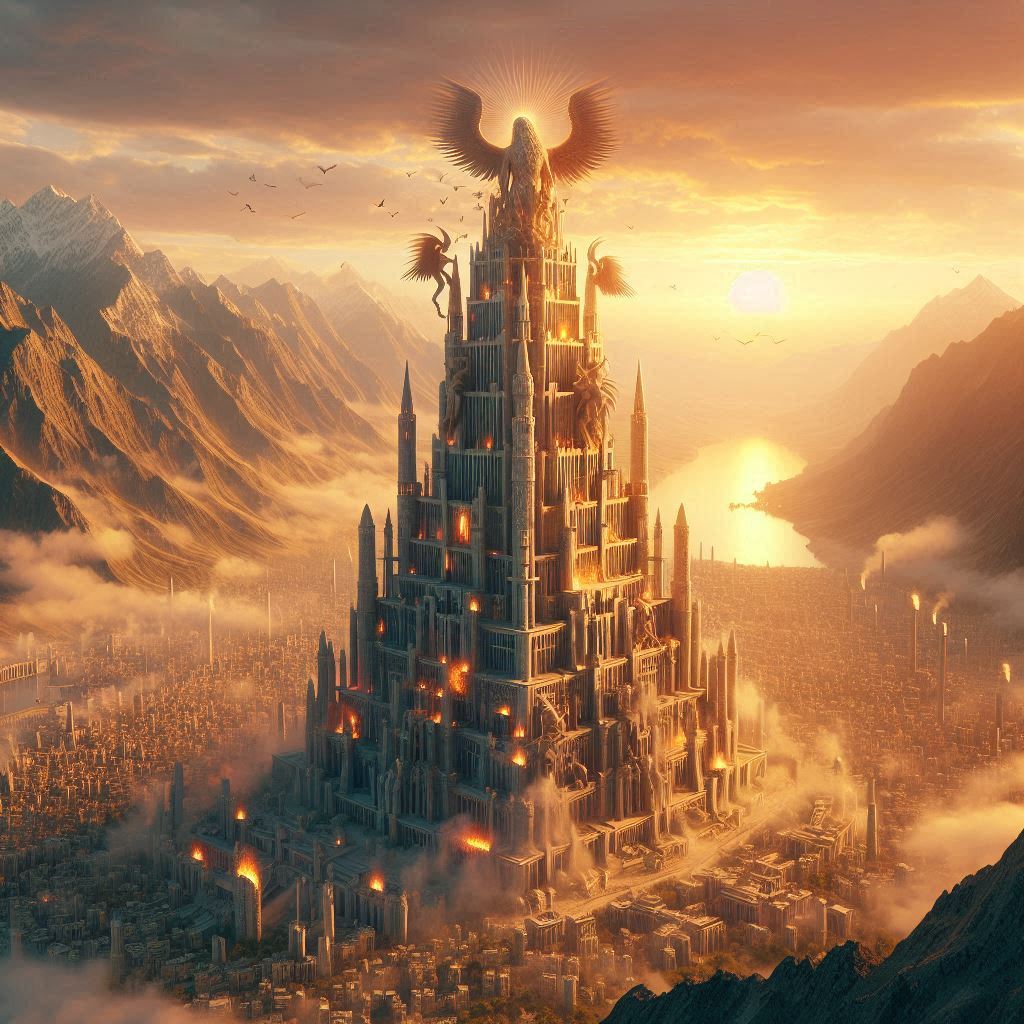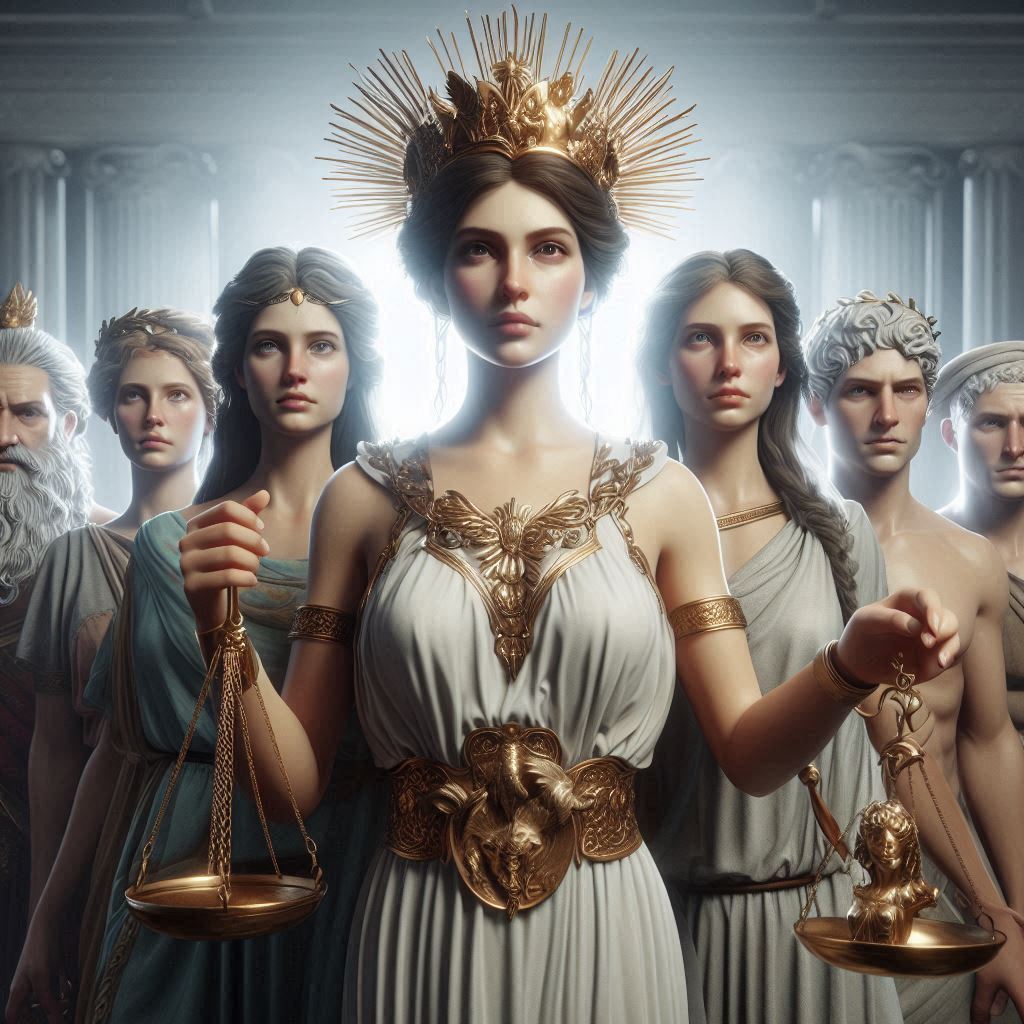Table of Contents
How to Write Science Fiction
Science fiction is a genre that captivates readers by exploring imaginative concepts, futuristic technologies, and the profound implications of scientific advancements. Writing science fiction requires a blend of creativity, scientific understanding, and storytelling prowess. Whether you’re crafting a short story or a full-length novel, the following steps can guide you in creating compelling science fiction.

1. Understand the Genre
Before diving into writing, it’s essential to understand what science fiction entails. Science fiction, or sci-fi, is a genre that speculates about the future, alternate realities, or advanced technologies, often grounded in scientific principles. It explores “what if” scenarios, such as “What if humans could travel faster than light?” or “What if artificial intelligence surpassed human intelligence?” Familiarize yourself with classic and contemporary sci-fi works, such as 1984 by George Orwell, Dune by Frank Herbert, or The Martian by Andy Weir, to grasp the genre’s diversity and conventions.
2. Develop a Unique Idea
The heart of science fiction lies in its ideas. Start by brainstorming concepts that intrigue you. Consider current scientific trends, such as space exploration, genetic engineering, or climate change, and extrapolate them into the future. Ask yourself questions like:
- How might technology evolve in the next 100 years?
- What societal changes could result from scientific breakthroughs?
- What ethical dilemmas might arise from new technologies?
Your idea doesn’t need to be entirely original, but it should offer a fresh perspective or twist on familiar themes.
3. Build a Believable World
World-building is crucial in science fiction. Your setting—whether it’s a distant planet, a post-apocalyptic Earth, or a futuristic city—must feel real and immersive. Consider the following elements:
- Technology: How advanced is it? How does it affect daily life?
- Society: What are the political, economic, and cultural structures?
- Rules: Establish the scientific or magical rules of your world and stick to them. Consistency is key to maintaining believability.
Use vivid descriptions to bring your world to life, but avoid overwhelming readers with excessive detail. Show the world through the eyes of your characters and their experiences.
4. Create Compelling Characters
Even the most fascinating world falls flat without engaging characters. Your protagonists should be relatable, with clear motivations, flaws, and growth arcs. Consider how the futuristic or technological elements of your world shape their lives and personalities. For example, how does a character raised on a space colony differ from one born on Earth? Additionally, antagonists should be multi-dimensional, with motivations that make sense within the context of your world.
5. Incorporate Scientific Elements
While science fiction allows for creative freedom, it should still be grounded in scientific plausibility. Research relevant scientific concepts to lend credibility to your story. For instance, if your story involves space travel, familiarize yourself with astrophysics and the challenges of interstellar exploration. However, don’t let scientific accuracy stifle your creativity—remember that science fiction often bends or breaks the rules for the sake of storytelling.
6. Explore Themes and Ideas
Great science fiction goes beyond entertainment; it explores profound themes and ideas. Use your story to examine questions about humanity, morality, and the consequences of scientific progress. For example:
- What does it mean to be human in a world of artificial intelligence?
- How far should we go in pursuit of technological advancement?
- What are the ethical implications of colonizing other planets?
These themes add depth to your story and resonate with readers on a deeper level.
7. Craft a Gripping Plot
A strong plot is essential to keep readers engaged. Structure your story with a clear beginning, middle, and end. Introduce the central conflict early, and build tension as the story progresses. Science fiction often involves high stakes, such as saving humanity, preventing a dystopian future, or uncovering a cosmic mystery. Use twists and turns to keep readers guessing, but ensure they are logical and consistent with the story’s rules.
8. Balance Science and Story
One of the challenges of writing science fiction is balancing scientific concepts with storytelling. Avoid overwhelming readers with technical jargon or lengthy explanations. Instead, integrate scientific elements naturally into the narrative. Show how technology or scientific principles affect the characters and plot, rather than explaining them in isolation.
9. Edit and Revise
Once your first draft is complete, take time to revise and refine your work. Pay attention to pacing, character development, and world-building consistency. Seek feedback from beta readers or writing groups, especially those familiar with science fiction. They can provide valuable insights and help you identify areas for improvement.
10. Read and Learn Continuously
Science fiction is a constantly evolving genre, shaped by new scientific discoveries and cultural shifts. Stay informed about advancements in science and technology, and read widely within the genre. Analyze what works in other sci-fi stories and apply those lessons to your own writing.
Here are some great examples of science fiction stories and novels that excel in the elements discussed above. These works demonstrate how to balance imaginative ideas, compelling characters, and thought-provoking themes while maintaining scientific plausibility and engaging storytelling.
1. “Dune” by Frank Herbert
- World-Building: Dune is a masterclass in creating a rich, immersive world. The desert planet of Arrakis, with its intricate ecosystems, political intrigue, and unique culture, feels alive and believable.
- Themes: The novel explores themes of power, ecology, and religion, showing how these forces shape societies and individuals.
- Science and Story: Herbert integrates advanced technology (like spice-driven space travel) and ecological concepts seamlessly into the narrative, making the science feel integral to the story.
2. “The Martian” by Andy Weir
- Scientific Plausibility: This novel is praised for its accurate depiction of space travel, botany, and engineering. Weir’s meticulous research makes the story’s survival scenario on Mars feel entirely plausible.
- Character Development: Mark Watney, the protagonist, is a relatable and resourceful character whose humor and determination drive the narrative.
- Plot: The story is a gripping survival tale with high stakes, showcasing how science and ingenuity can overcome seemingly insurmountable challenges.
3. “Neuromancer” by William Gibson
- Imaginative Ideas: Gibson’s novel is a cornerstone of the cyberpunk genre, introducing concepts like cyberspace, artificial intelligence, and corporate dystopias.
- World-Building: The gritty, high-tech, low-life world of Neuromancer is vividly realized, blending futuristic technology with societal decay.
- Themes: The novel explores the intersection of humanity and technology, raising questions about identity, consciousness, and the consequences of technological advancement.
4. “The Left Hand of Darkness” by Ursula K. Le Guin
- Unique Concept: Le Guin’s novel imagines a world where inhabitants can change their gender, challenging traditional notions of identity and sexuality.
- World-Building: The icy planet of Gethen is richly detailed, with its own cultures, politics, and social structures.
- Themes: The story delves into themes of gender, loyalty, and the nature of humanity, making it a profound and thought-provoking read.
5. “Snow Crash” by Neal Stephenson
- Imaginative Ideas: Stephenson’s novel blends virtual reality, linguistics, and ancient Sumerian mythology into a fast-paced, cyberpunk adventure.
- World-Building: The story’s dystopian future, where corporations have replaced governments, is both thrilling and eerily plausible.
- Science and Story: The novel balances complex scientific and philosophical ideas with action-packed storytelling, making it accessible and engaging.
6. “The Three-Body Problem” by Liu Cixin
- Scientific Concepts: This novel explores advanced physics, astronomy, and the Fermi paradox, grounding its speculative ideas in real scientific theories.
- Themes: The story examines humanity’s place in the universe, the ethics of first contact, and the potential consequences of technological progress.
- Plot: The narrative spans decades and intertwines personal stories with grand cosmic events, creating a sweeping and ambitious tale.
7. “Blade Runner” (Do Androids Dream of Electric Sheep?) by Philip K. Dick
- Imaginative Ideas: Dick’s novel explores the nature of humanity through the lens of androids and artificial intelligence.
- Themes: The story raises questions about empathy, identity, and what it means to be human.
- World-Building: The dystopian future, with its decaying cities and pervasive technology, is both haunting and immersive.
8. “The Expanse” series by James S.A. Corey
- World-Building: This series creates a believable future where humanity has colonized the solar system, with distinct cultures and political factions on Earth, Mars, and the Belt.
- Scientific Plausibility: The series incorporates realistic physics and space travel, making its depiction of interplanetary conflict feel grounded.
- Characters and Plot: The diverse cast of characters and their personal struggles are woven into a larger narrative of political intrigue and existential threats.
9. “Foundation” by Isaac Asimov
- Imaginative Ideas: Asimov’s novel explores the concept of psychohistory, a fictional science that predicts the future of large populations.
- Themes: The story examines the rise and fall of civilizations, the role of individuals in history, and the tension between free will and determinism.
- World-Building: The sprawling Galactic Empire and its eventual collapse are depicted with grand scope and detail.
10. “The Handmaid’s Tale” by Margaret Atwood
- Imaginative Ideas: Atwood’s dystopian novel imagines a future where a theocratic regime has stripped women of their rights.
- Themes: The story explores themes of power, gender, and resistance, making it a powerful commentary on societal issues.
- World-Building: The oppressive world of Gilead is chillingly realistic, with its rigid hierarchies and propaganda.
Why These Examples Work
These stories succeed because they:
- Balance science and storytelling: They integrate scientific concepts naturally into the narrative without overwhelming the reader.
- Create immersive worlds: Their settings are richly detailed and feel authentic, even when they’re wildly imaginative.
- Explore universal themes: They use speculative elements to examine timeless questions about humanity, society, and morality.
- Feature compelling characters: Their protagonists and antagonists are multi-dimensional, driving the plot and engaging readers emotionally.
By studying these examples, you can learn how to craft your own science fiction stories that captivate readers and leave a lasting impact.
Conclusion
Writing science fiction is a rewarding endeavor that allows you to explore the boundaries of imagination and science. By developing unique ideas, building immersive worlds, creating compelling characters, and exploring thought-provoking themes, you can craft stories that captivate readers and leave a lasting impact. Remember, the key to great science fiction lies in balancing creativity with plausibility, and storytelling with scientific insight. So, pick up your pen or keyboard, and start writing the future today.


No responses yet